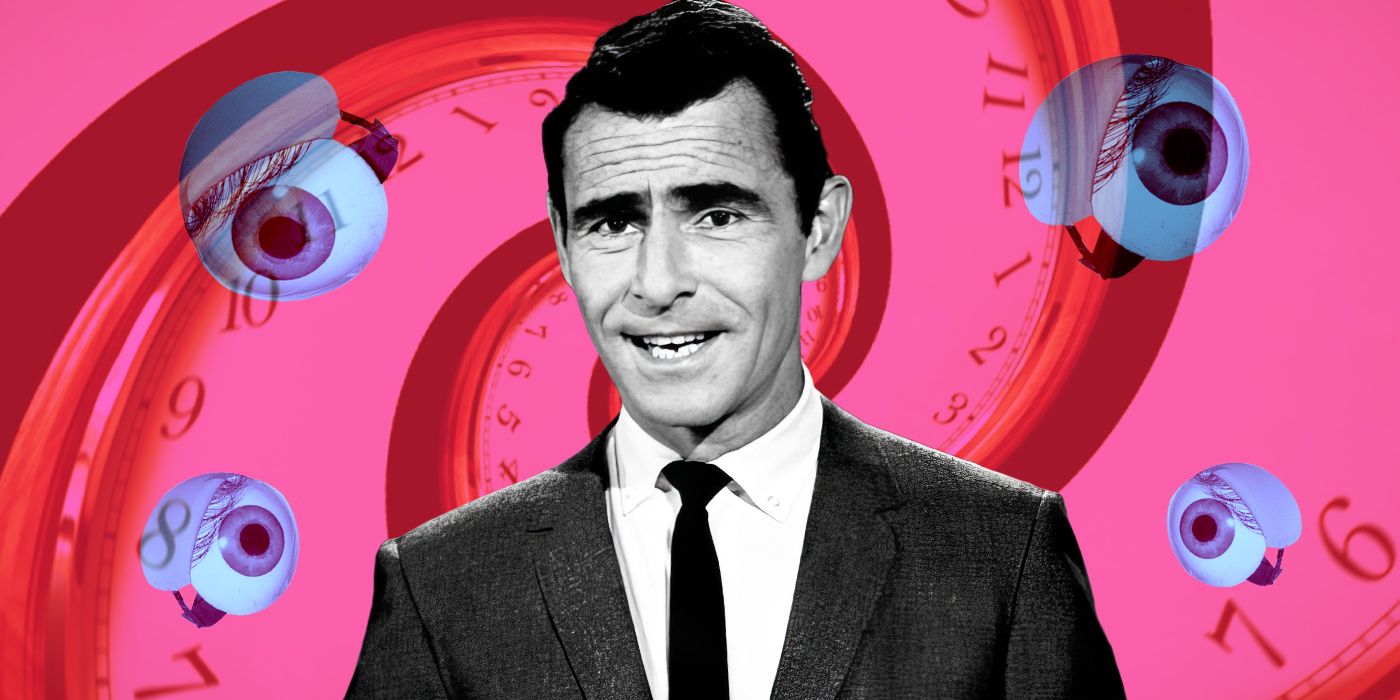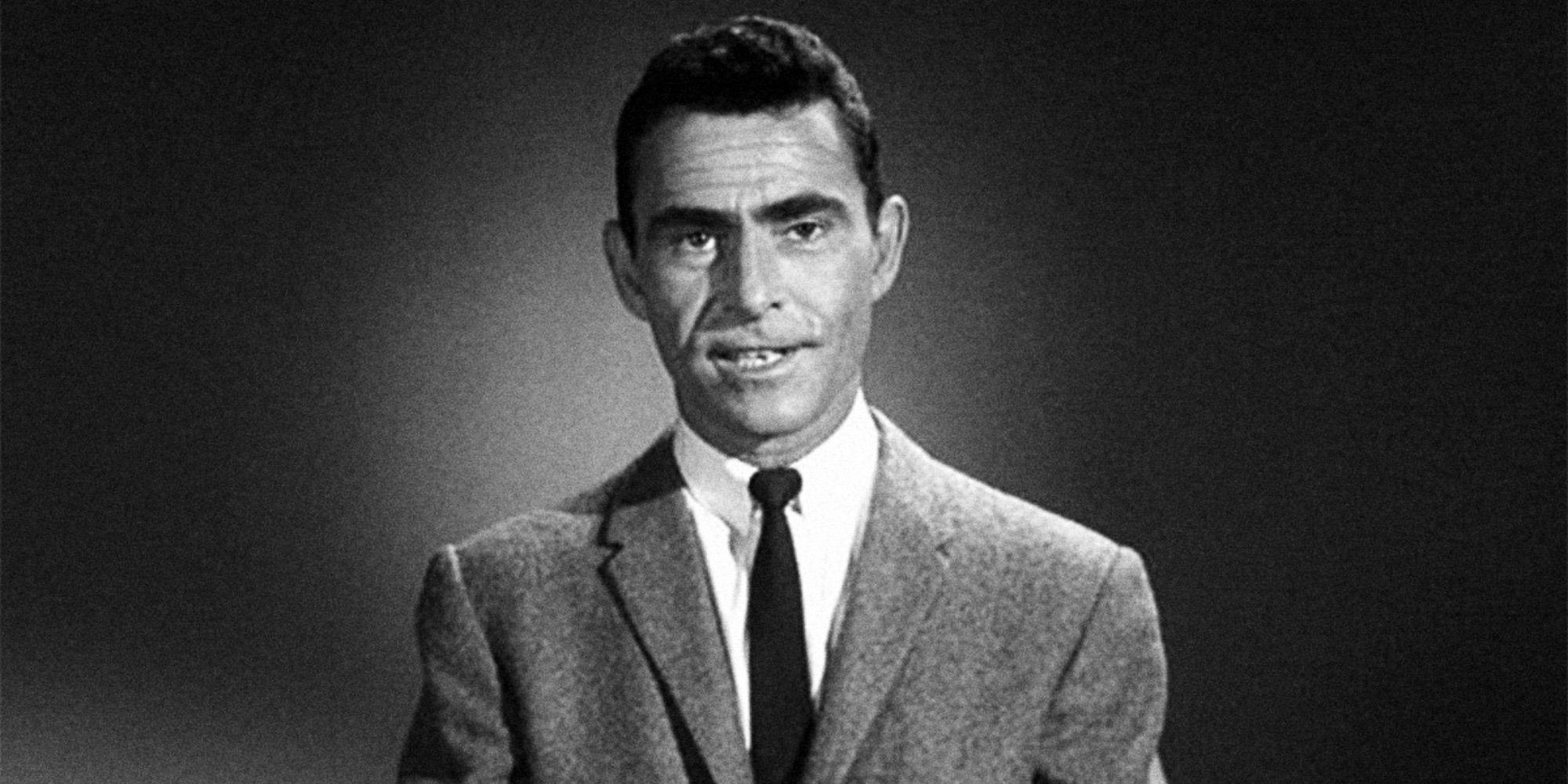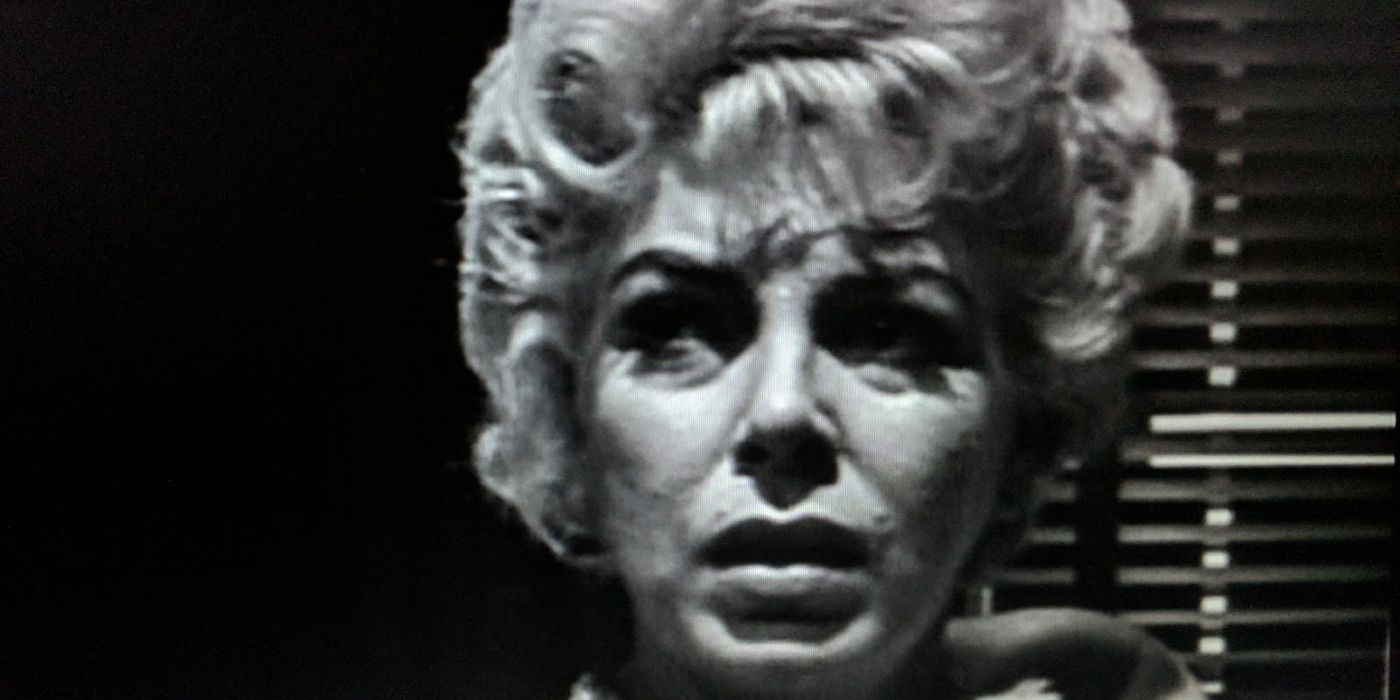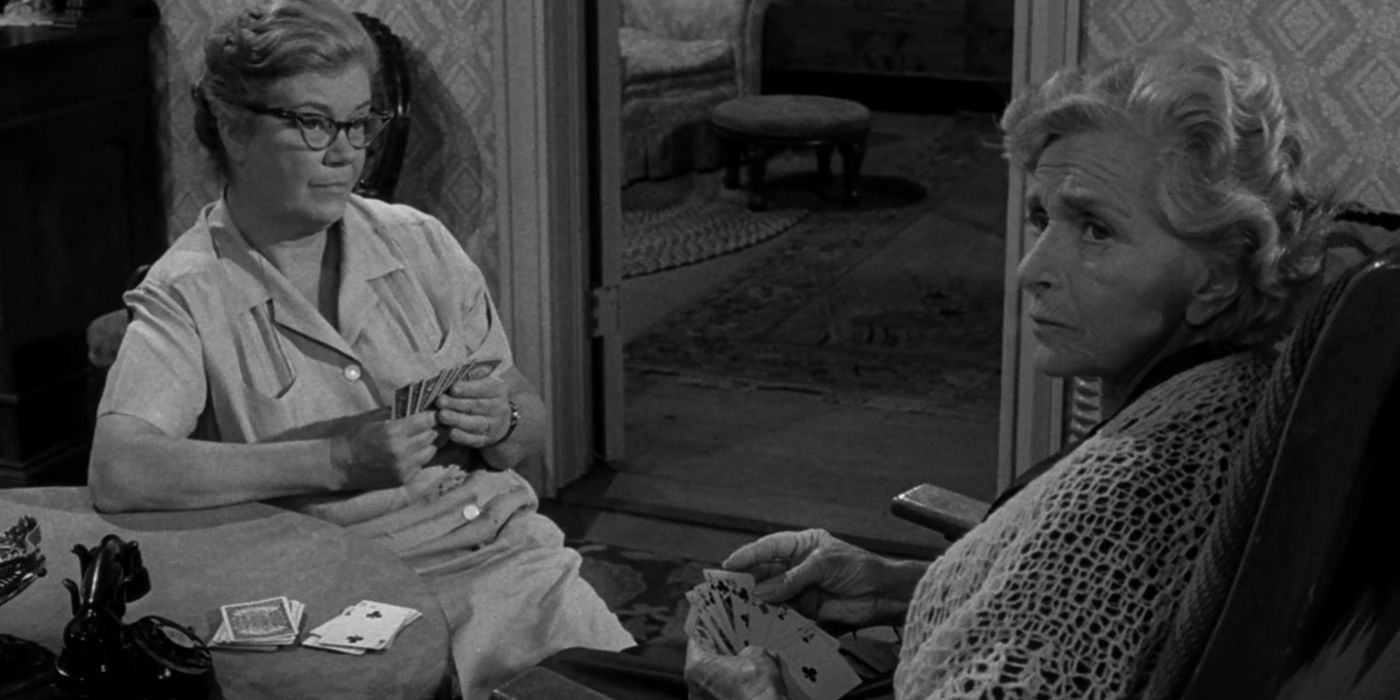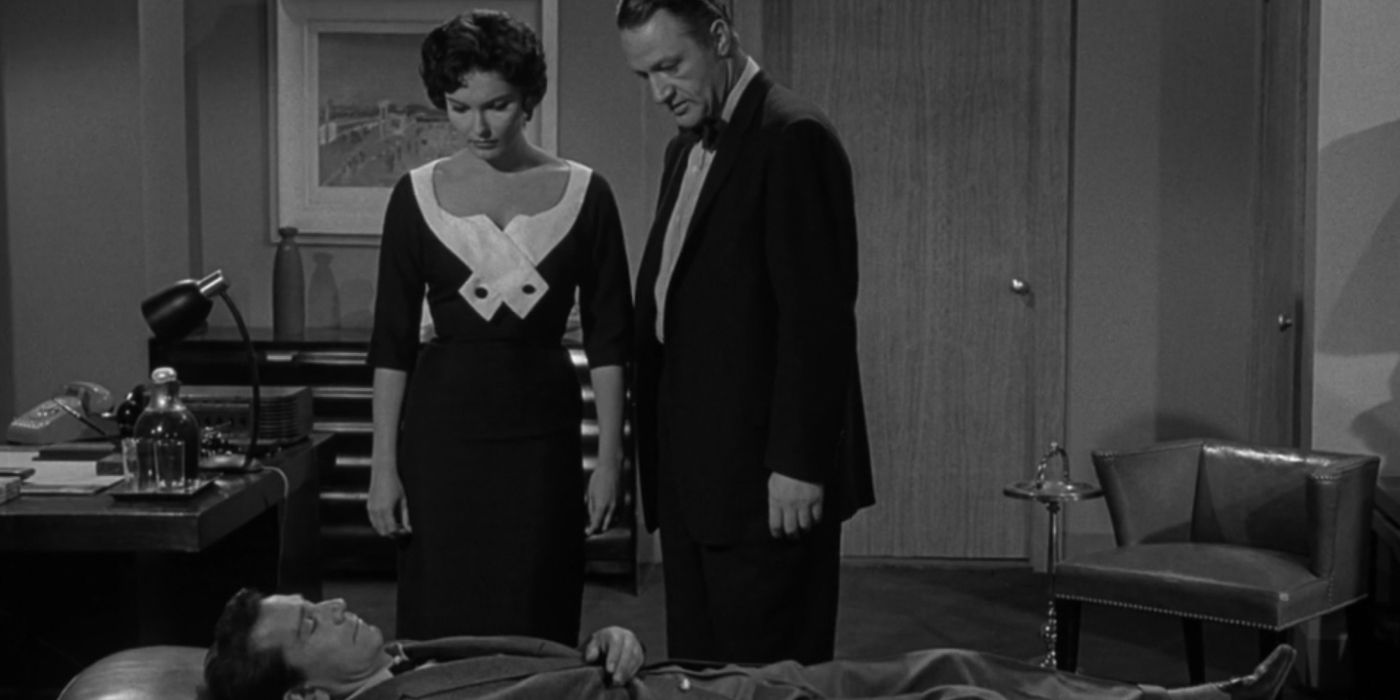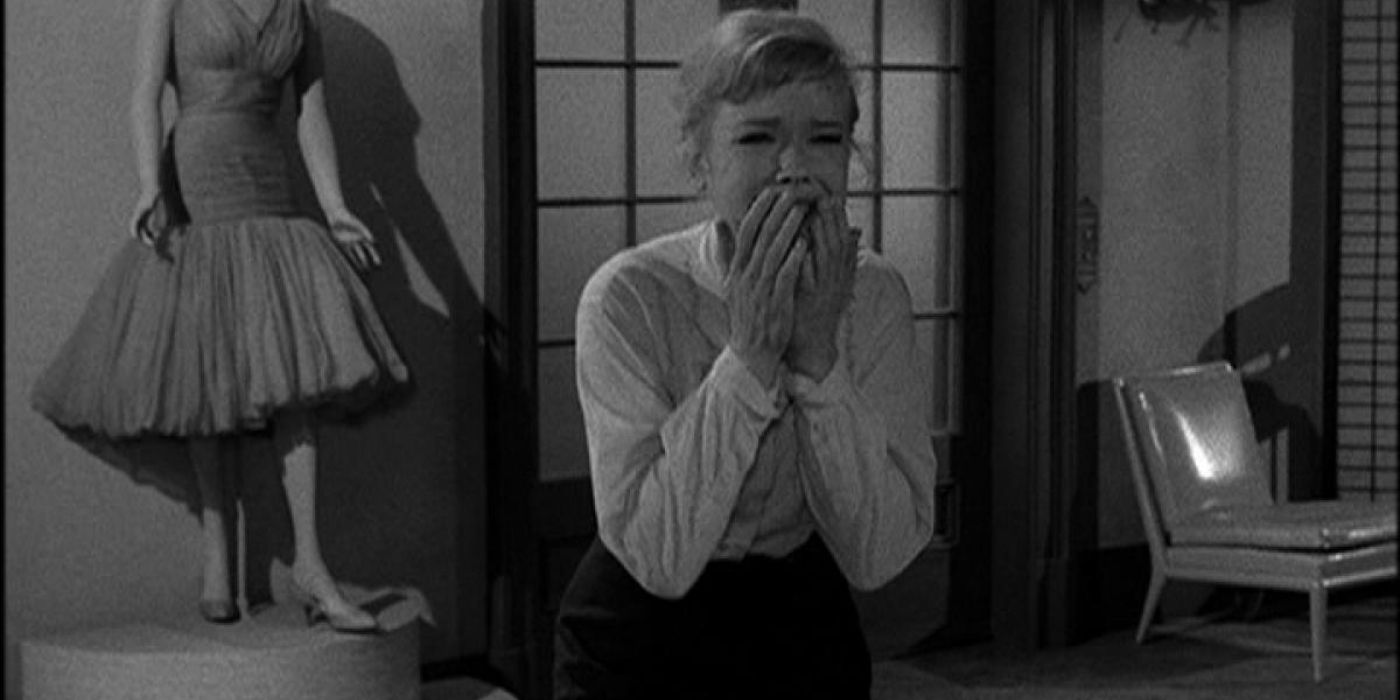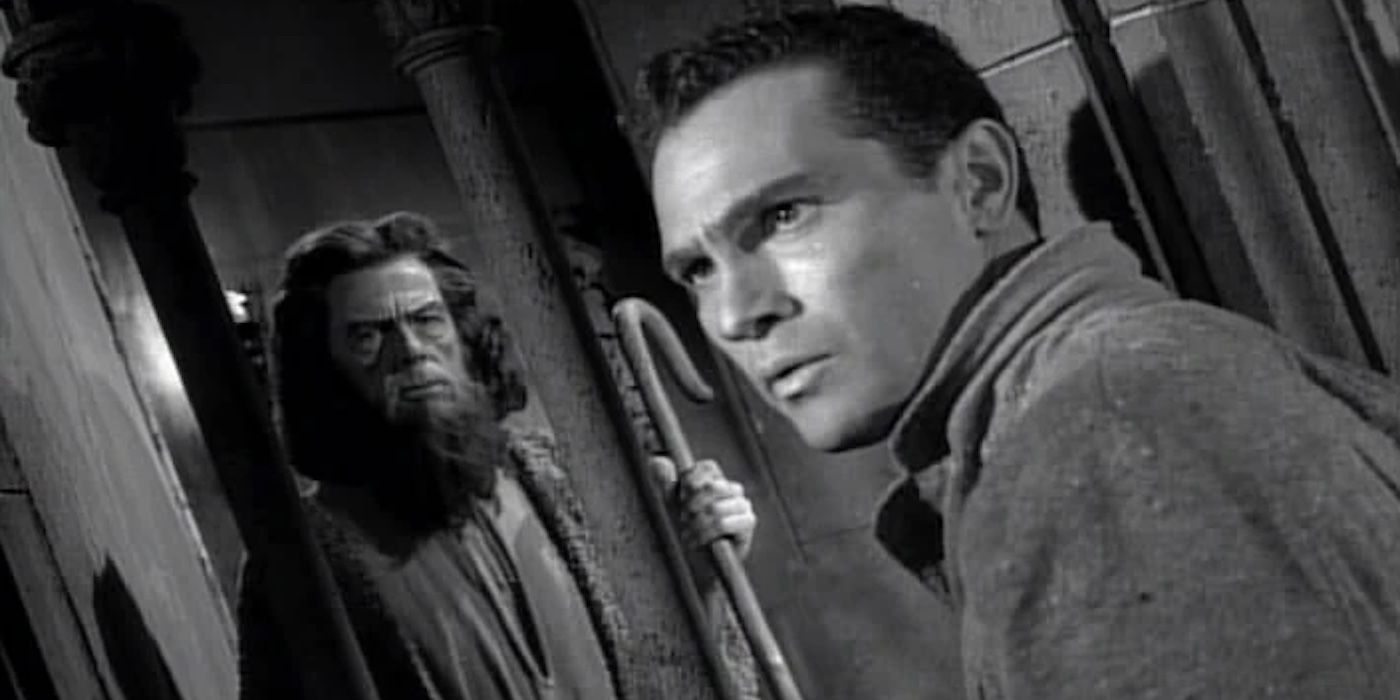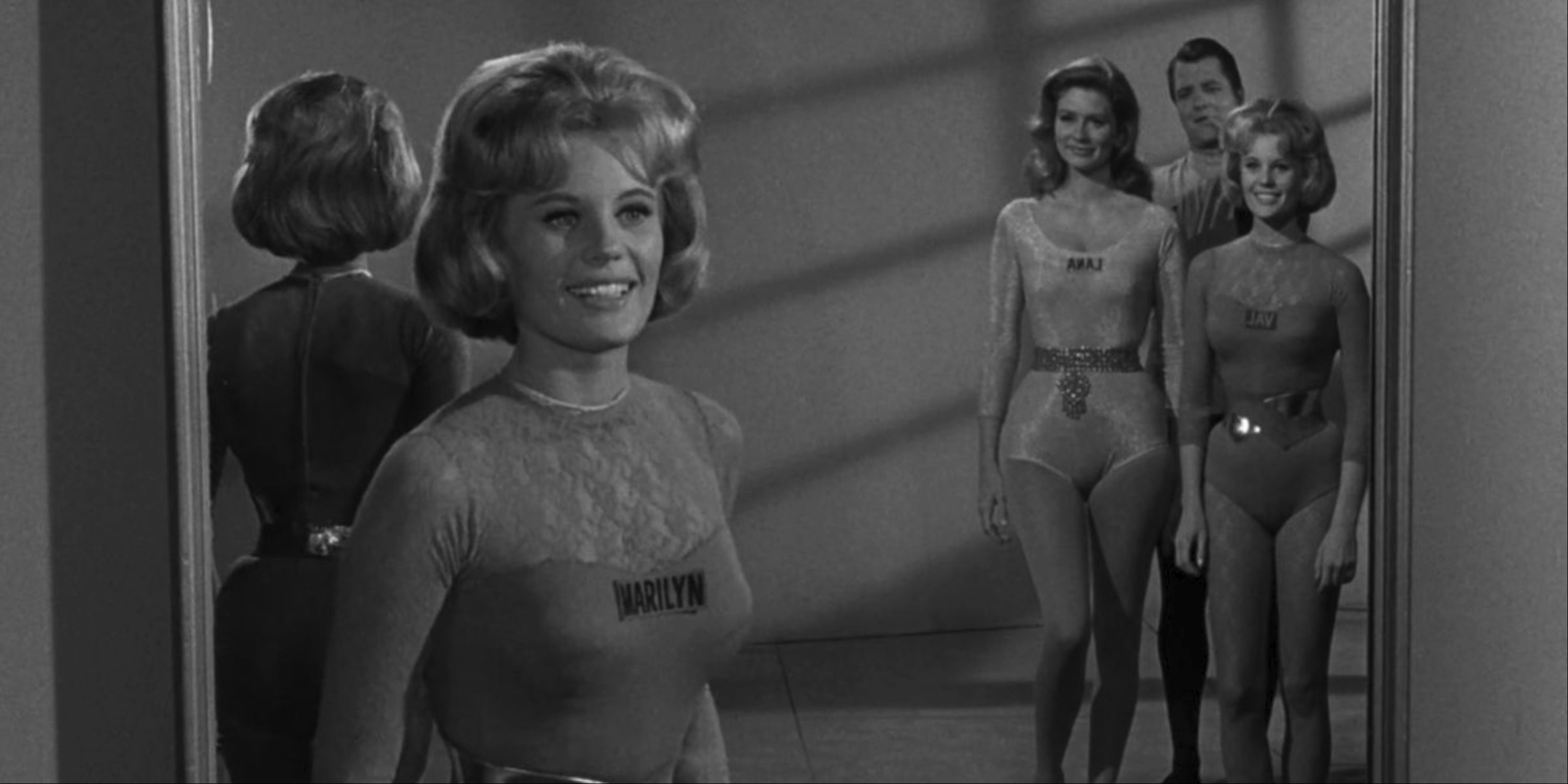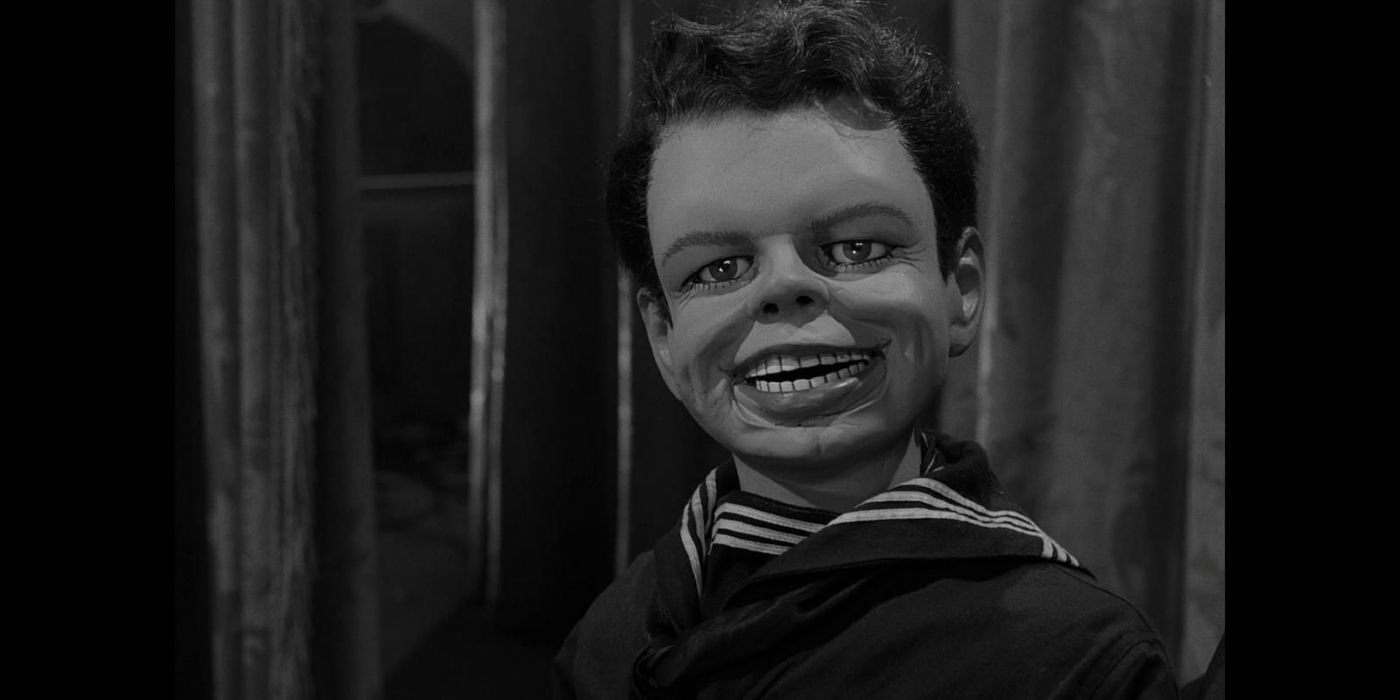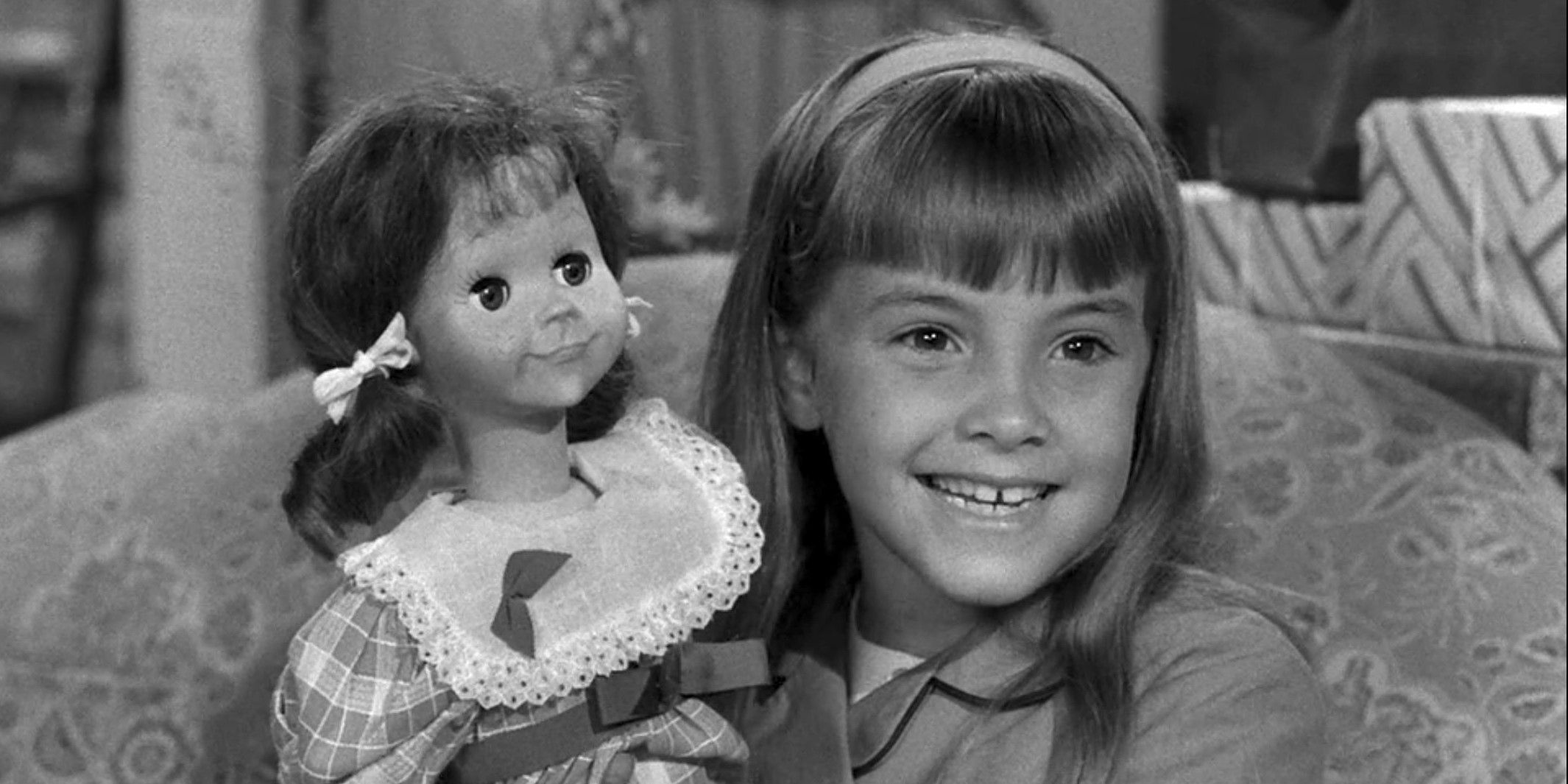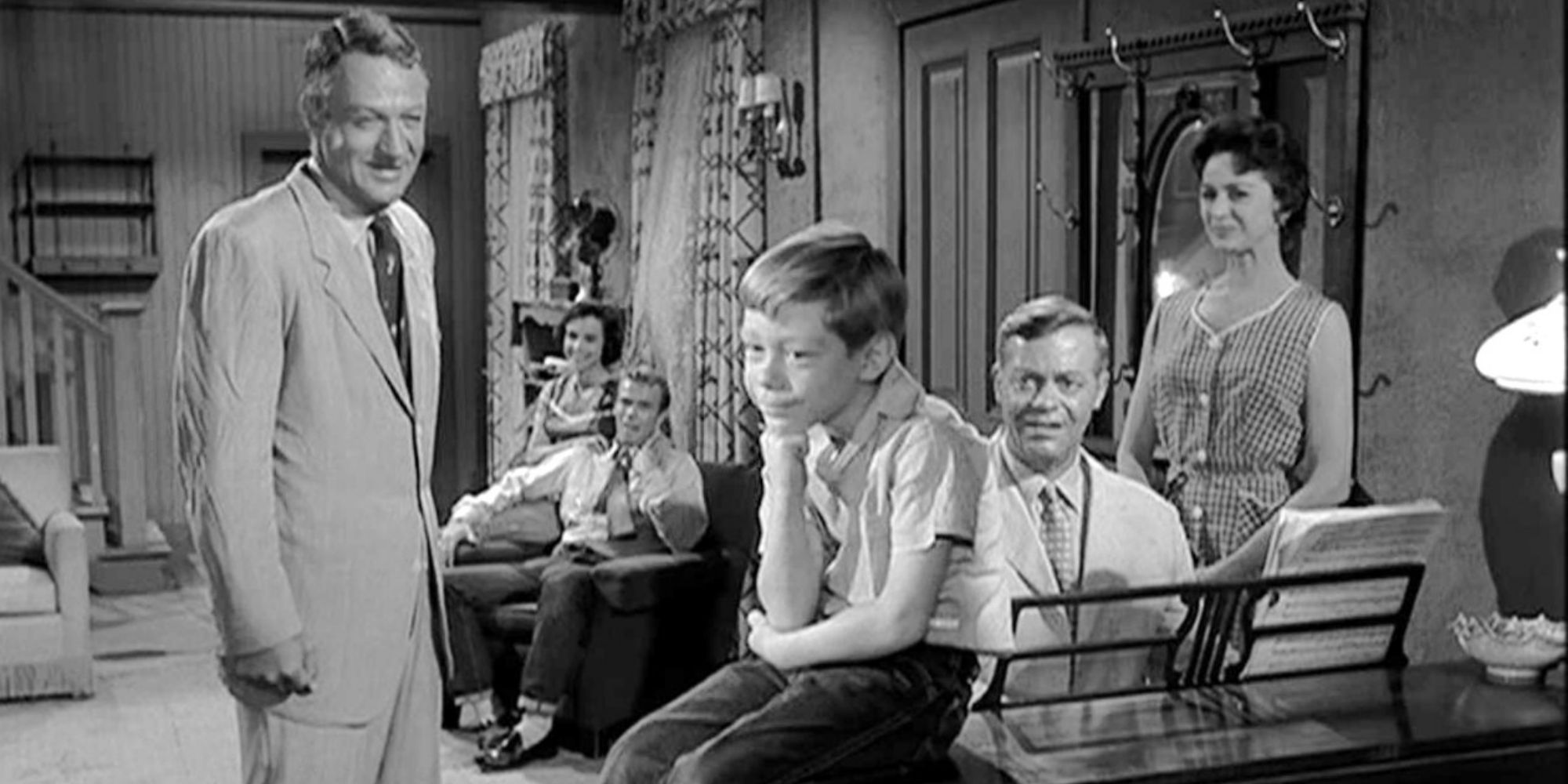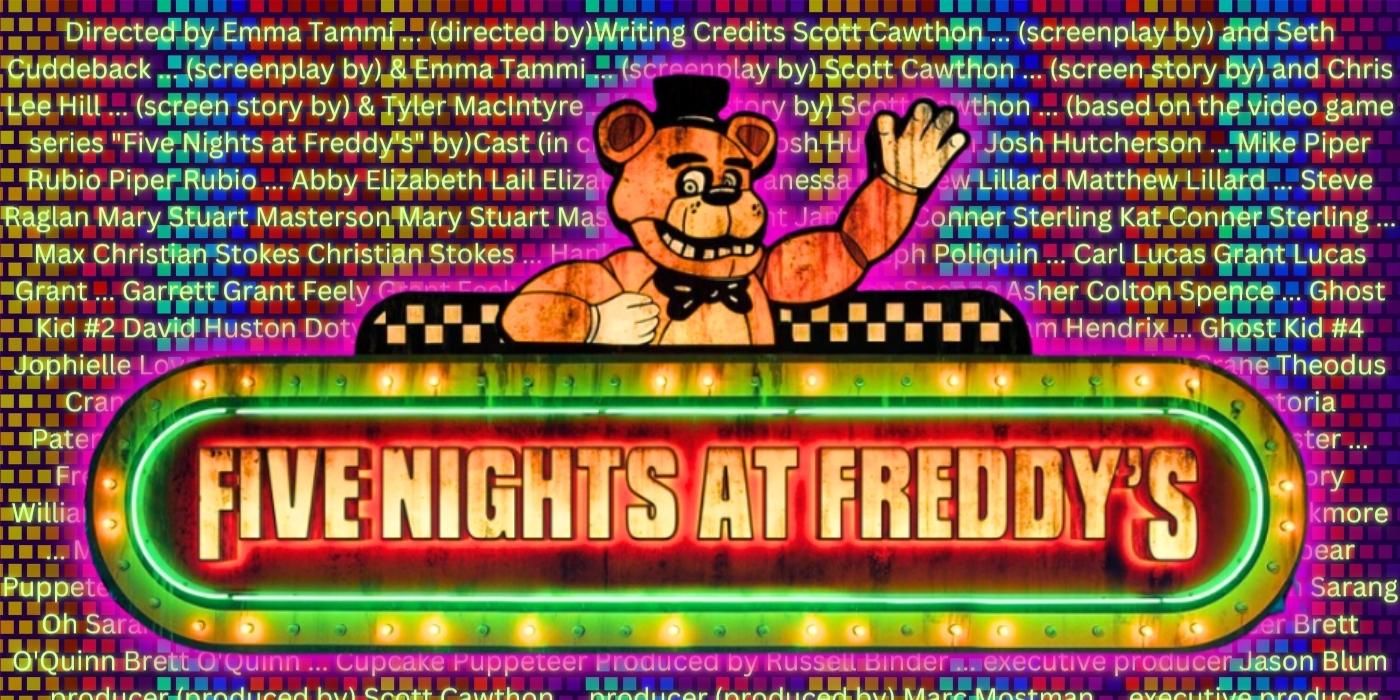Anthology series The Twilight Zone is one of the most iconic horror shows of all time, with an instantly recognizable creepy theme. The show was created by Rod Serling, who also narrated and wrote most of its episodes. It first premiered in 1959 and lasted five seasons and over 100 episodes, then was rebooted three times, first in the ’80s, then in the 2000s, and a final time in 2019 for streaming service Paramount+, where it aired for two seasons.
It’s a true testament to the show’s quality that it’s still able to scare audiences decades later. The Twilight Zone told a lot of great stories while it was on the air, ranging across genres and storytelling devices, with everything from straightforward ghost stories to dystopian science fiction. Its creepiest episodes are proof that good writing, horror or otherwise, can stand the test of time.
The Twilight Zone (1959)
- Release Date
- October 2, 1959
- Creator
- Rod Serling
- Cast
- Rod Serling , Jack Klugman , Burgess Meredith , John Anderson
- Seasons
- 5
10 “Long Distance Call”
Season 2, Episode 22
In “Long Distance Call,” a woman was possessive of her five-year-old grandson to the point of considering him her own son, and she gave him a toy phone so she’d always be able to contact him—even following her death shortly thereafter. As the boy claimed his grandmother was calling him on his phone from the afterlife, his parents thought he was just being imaginative, but things took a turn when he began attempting suicide.
It was understandable the two would not want to be separated, and the idea of a grandmother contacting her grandson from beyond the grave to stay in touch is kind of sweet—but things were much darker and more menacing than that in “Long Distance Call.” The episode used the child’s innocence to horrific effect, showing what he was willing to do to join his grandmother without being fully aware of what that meant.
9 “Twenty-Two”
Season 2, Episode 17
After suffering from exhaustion, a dancer stayed in the hospital in “Twenty-Two.” While there, she had a recurring dream in which she awoke from sleep, followed a nurse down to the hospital’s morgue—marked with the number 22—and the nurse said to her, “Room for one more, honey.” She recounted the dream the next day to her doctor, who was unconcerned until she mentioned the room number of the morgue.
The dream sequence in “Twenty-Two” was creepy on its own, from its dark appearance to the apparent invitation for the woman to join the dead in the morgue, all made even worse by the fact that it was a recurring dream. This episode initially seemed to have more to do with the hospital and the morgue, but really, it was about dreams as a premonitions—while it was easy to assume that’s what the dream was, it was interesting to watch things actually play out.
8 “Night Call”
Season 5, Episode 19
An ailing elderly woman, Elva Keene (Gladys Cooper), confined to just her bed and wheelchair, received a string of bizarre phone calls from an anonymous person in “Night Call.” At first, she heard only static on the other end of the line, then later, a man moaning and trying to speak. The episode was based on the short story “Long Distance Call” by Richard Matheson, originally titled “Sorry, Right Number”.
“Night Call” was a fairly simple, straightforward story, but it was chilling nonetheless. The source of the calls was creepy enough, but the situation was made even worse by who the apparent caller was and how Elva actually felt about receiving them. The episode’s ending differed from that of the original short story, making Elva’s story—and loneliness—even more heartbreaking. As the closing narration put it, she created her own “particular and private Hell.”
7 “Perchance to Dream”
Season 1, Episode 9
A man who hadn’t slept in days visited a psychiatrist in “Perchance to Dream” and explained if he fell asleep, he would have a nightmare, which would trigger a heart attack and kill him—in his dreams, he was at a carnival and being lured onto a ride his heart couldn’t handle. It turned out the entire episode was the man’s dream, as he fell asleep within seconds of entering the office. The episode was based on the short story of the same name by Charles Beaumont.
“At least he died peacefully,” the psychiatrist said, but the audience knew that wasn’t close to true. The Twilight Zone featured plenty of twist endings, but the one in “Perchance to Dream” was among the most memorable—and most devastating. The series had featured plots centered around dreams before, but this time, the episode dealt with the thin line between the dreaming and waking worlds and how easily one can slip between the two without even known or being able to distinguish them.
6 “After Hours”
Season 1, Episode 34
A woman was on a shopping trip to find a gift for her mother in “After Hours.” After deciding on a gold thimble and being directed to the ninth floor, she took an elevator up but noticed only eight floors were marked and found the floor mostly empty. After she left, she was told there was no ninth floor. When she was able to return, she found the floor filled with mannequins. Eventually, they began to speak to her, repeating her name over and over again, but with their help, she remembered she was actually one of them.
Like plenty of Twilight Zone episodes, “After Hours” played on the creepiness of things we’re all familiar with and which are fairly normal and harmless. This time, it was mannequins and the idea that they can come to life, but the idea that this is only temporary, that otherwise, they’re forced to remain lifeless but aware of their state, is horrifying, as is the idea that anyone could be like this woman, a visitor in a world they don’t belong and cannot stay in.
5 “The Howling Man”
Season 2, Episode 5
Set just after World War I, a man sought shelter from a storm and ended up in an old monastery in “The Howling Man.” While there, he heard a man’s cries for help, and when he confronted the monks, they told him the man was the devil himself being kept prisoner in the abbey. He chose to free the prisoner. The episode was based on a short story by Charles Beaumont.
The creepiest part of “The Howling Man” wasn’t the plot but its implications, and its setting was a crucial piece. First, the man—and the viewer—had to decide who was telling the truth. The monks’ story seemed unlikely, but it also made sense that the devil would tell any story he could to get someone to believe and release him. On top of that, the episode suggested the devil’s release led to World War II.
4 “Number 12 Looks Just Like You”
Season 5, Episode 17
“Number 12 Looks Just Like You” was set in a dystopian future in which all people have cosmetic surgery when they reach adulthood, with a select number of designs to choose from in order to conform to society’s standards of beauty—a process called the Transformation. But young Marilyn (Collin Wilcox), of age to have hers, resisted, instead valuing her individuality, even if it meant she was seen as “ugly.” Ultimately, she was forced into having the procedure.
The creepiest thing about “Number 12 Looks Just Like You” is its themes of conformity and rebellion. Stories about and criticisms of beauty standards have just about always existed, but this episode took it to an extreme. The too-perfect look of society was the opposite of what it was supposed to be—rather than appealing, it was actually unnerving. Best of all, the episode remains relevant today, and time hasn’t made it any less creepy.
3 “The Dummy”
Season 3, Episode 33
In “The Dummy,” a ventriloquist, Jerry Etherson (Cliff Robertson), realized his dummy, Willie, was more than a simple prop for his act. Convinced Willie was evil, Jerry locked Willie in a trunk. As Jerry became increasingly paranoid and determined to get as far away from Willie as possible, his agent became convinced Jerry was actually in need of psychiatric help. But in the end, Jerry proved to be right, as he and Willie switched places with Jerry serving as Willie’s dummy in an act.
The titular dummy was creepy on its own, with features just toeing the line between lifelike and cartoonish to be unsettling. In addition to Willie’s appearance, “The Dummy” also touched on the inherent creepiness in ventriloquist dummies, and it culminated in a truly creepy ending. It also shared some themes with a similar yet more sinister episode from later in the series—it’s no wonder the series explored the creepiness of dolls and ventriloquist dummies more than once.
2 “Living Doll”
Season 5, Episode 6
“Living Doll” told the story of Talky Tina, a talking doll bought by Annabelle (Mary LaRoche) for her young daughter, Christie (Tracy Stratford). Annabelle’s husband, Erich (Telly Savalas), was frustrated by his inability to have children of his own with her and took some of those frustrations out on Christie. Talky Tina began to torment Erich—but only he could hear her—until late one night, a strange sound lured him out of bed, leading him to trip over Tina and fall down the stairs to his death.
Talking dolls are always creepy, but Talking Tina and “Living Doll” stood apart—the phrase “you’d better be nice to me” never sounded so menacing, even coming from a doll. What also made Tina memorable was not only her attacks on Eric but how she preyed on his insecurities and how cruel she was. It was possible the events were all in Erich’s mind—but this being The Twilight Zone, that seems unlikely.
1 “It’s a Good Life”
Season 3, Episode 8
In “It’s a Good Life,” six-year-old boy Anthony (Bill Mumy) lived in his isolated small town with his family and their neighbors—and they were all terrified of him because of his telekinetic powers, which he often used to punish people when he didn’t get his way. The episode was based on the short story “It’s a Good Life” by Jerome Bixby, and it was revisited with a sequel in the 2002 reboot of The Twilight Zone in the sequel “It’s Still a Good Life.”
Creepy kids are a horror staple, but arguably none are as creepy as Anthony in “It’s a Good Life.” The episode’s tension came almost entirely from its characters, as they knew what would happen but were powerless to stop it. It’s easy to see where the episode is going, but that doesn’t make it any less disturbing. The source material was even more horrifying, with Anthony’s actions largely being left up to imagination while the family’s guests need to be restrained to stifle their screaming.
Watch on Paramount+

